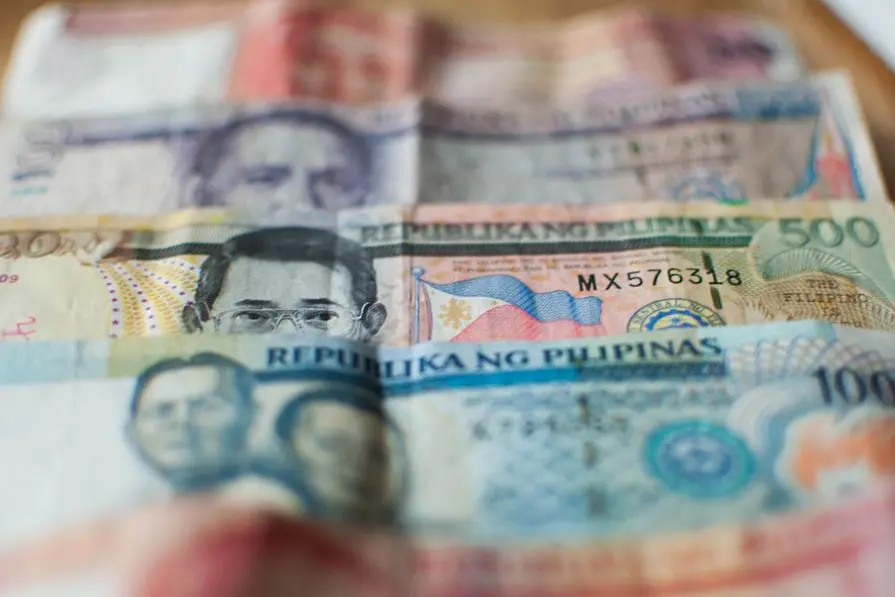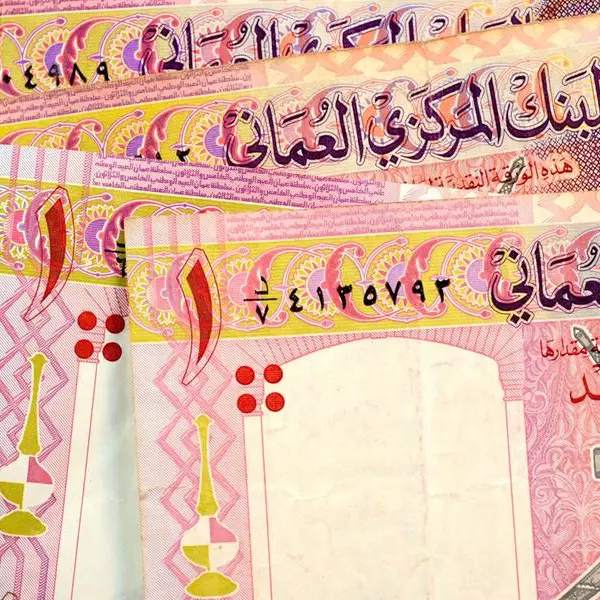PHOTO
The Philippine peso may continue to underperform against the dollar this quarter amid the country's wide current account deficit and expensive foreign exchange (FX) valuations, Tokyo-based MUFG Bank said.
It sees the peso at 56.20 per dollar by the end of the first quarter and forecasts the peso to close at 55.80 in the second quarter, 55.30 in the third and 55 in the last quarter.
The peso was roughly unchanged against the dollar last month, closing at 56.20 against the greenback on Feb. 29 from the 56.275 close on Jan. 31.
'We expect modest underperformance in the peso, with a better macro trajectory offset by a still meaningful current account deficit and expensive FX valuations,' the bank said.
The Bangko Sentral ng Pilipinas (BSP) earlier reported a current account deficit of $10.9 billion in the January to September period last year, equivalent to 3.5 percent of gross domestic product (GDP). The current account is a record of the country's transactions with the rest of the world.
According to MUFG, the growth prospects of the Philippines has been improving as fourth-quarter GDP surprised on the upside and inflation further eased in January.
The Philippine economy grew by 5.6 percent in the fourth quarter last year, bringing full-year growth to 5.6 percent, slower than the 7.6-percent average in 2022. Despite the slowdown, the Philippines was among the fastest-growing economies in Southeast Asia in 2023.
However, the peso is expected to continue to underperform this year compared to other currencies in Asia, MUFG Bank said.
'The read-through to the peso is mixed from an FX perspective. While strong growth could boost equity inflows and keep the BSP hawkish for longer, what also matters for the peso is the trajectory of the current account deficit,' MUFG said.
In December, the BSP raised its 2023 forecast for the country's current account shortfall to $11.2 billion from $11.1 billion previously, equivalent to 2.5 percent of GDP. The expected deficit for 2024 was trimmed to $9.5 billion from $10.3 billion, or two percent of GDP.
'Decent domestic demand should boost import needs, and offset contained oil prices so far, leading to some widening in the current account deficit,' MUFG said. 'The current account deficit remains wide at three percent of GDP, and FX valuations are expensive.'
Still, easing inflation would give room for the BSP to start cutting policy rates gradually this year.
'We expect the BSP to cut rates by 50 basis points in the second half of 2024 as inflation settles within the central bank's inflation target,' the bank said.
As widely expected, the Monetary Board decided to leave interest rates unchanged last month, at its first policy meeting this year. This was after raising key policy rates by 450 basis points between May 2022 and October 2023 to tame inflation and stabilize the peso.
Copyright © 2022 PhilSTAR Daily, Inc Provided by SyndiGate Media Inc. (Syndigate.info).





















